Where Gumbo Was #526
New York is always full of surprises, even for those of us who have lived here for a long time, and the Dyckman Farmhouse is one of those. It's an intact Dutch colonial farmhouse, built 240 years ago, the last survivor of its kind in Manhattan, sitting on a streetcorner surrounded by modern apartments.

But when I visited the house, now a museum, my biggest surprise was realizing I had been there before, nearly 70 years ago, on a third-grade school trip. I can't say I remember much about that trip, but I do remember passing the building repeatedly with my parents, on the way to somewhere.


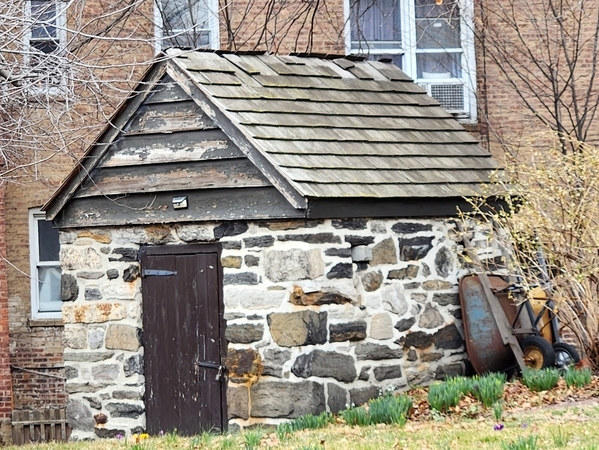 Used as a maintenance shed, this smokehouse may be older than the house
Used as a maintenance shed, this smokehouse may be older than the house
If my pictures show a building with considerable wear, that's the case, and has been repeatedly over its history, which is about to change again; a major fix-up and clean-up is in the works, including adding another wing onto the building... but more about that later!
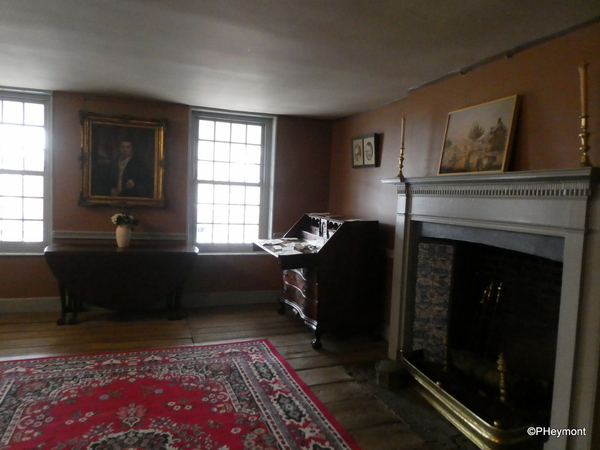
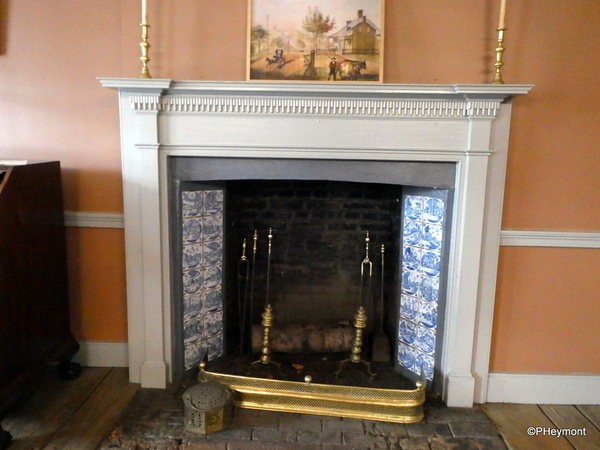
The Dyckmans arrived from the Netherlands around 1661, and set up farming in what is now the Inwood neighborhood; their farm stretched from about 210th street down to what is now Dyckman Street, where 200th Street would be. They built this house in 1785 after their previous home, further up the street, was destroyed during the Revolution.
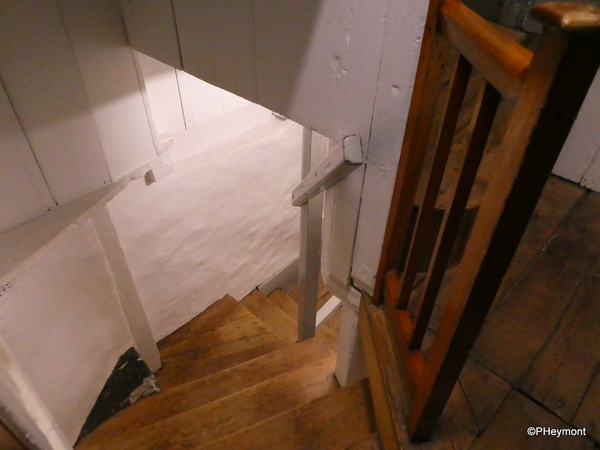
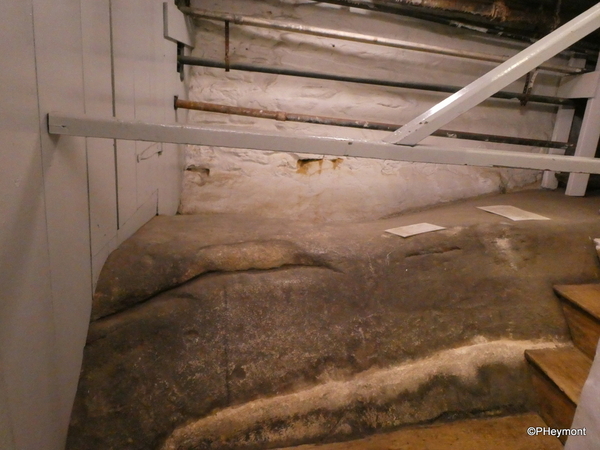 Down a steep staircase, we can see a boulder the house was built over rather than breaking it down for a level lot.
Down a steep staircase, we can see a boulder the house was built over rather than breaking it down for a level lot.
The porches were added in 1825, and a two-story extension wing was built in 1835. And then comes a gap in the story: In 1868, the Dyckmans sold the house, and it was rented to a long succession of tenants, gradually falling into such bad shape it was almost torn down early in the 20th century as the neighborhood began to grow around it.
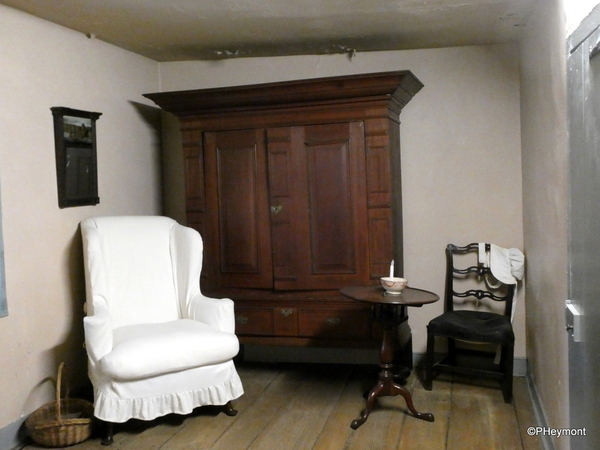
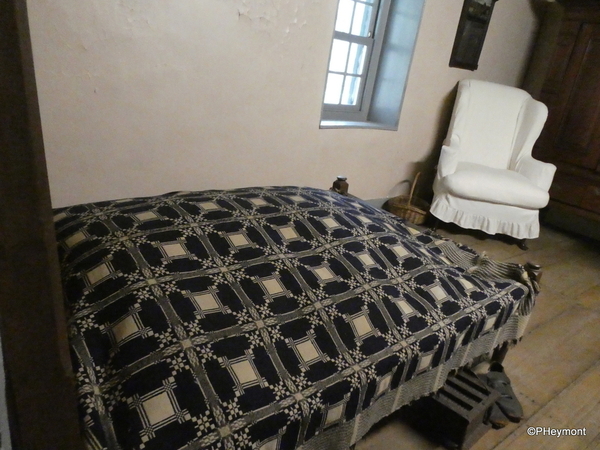
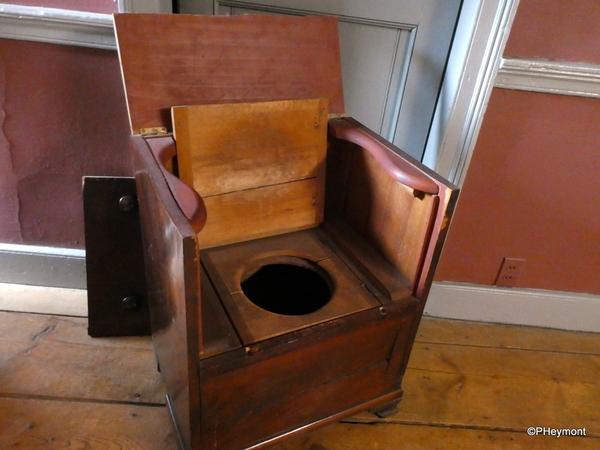 Bedroom furnishings with a typical Dutch 'kas' or chest for storage instead of closets or shelves. And, of course, the commode.
Bedroom furnishings with a typical Dutch 'kas' or chest for storage instead of closets or shelves. And, of course, the commode.
It was saved in 1914 when two Dyckman sisters bought it back and began restoring it; one sister's husband was a well-known architect who supervised the work. In 1916, they gave the house and the family's furnishings to the City of New York, and it began its new career as a museum. It's been a National Historic Landmark since 1967.
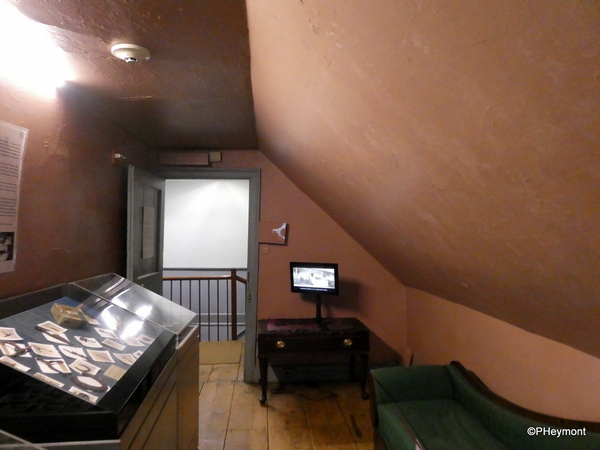
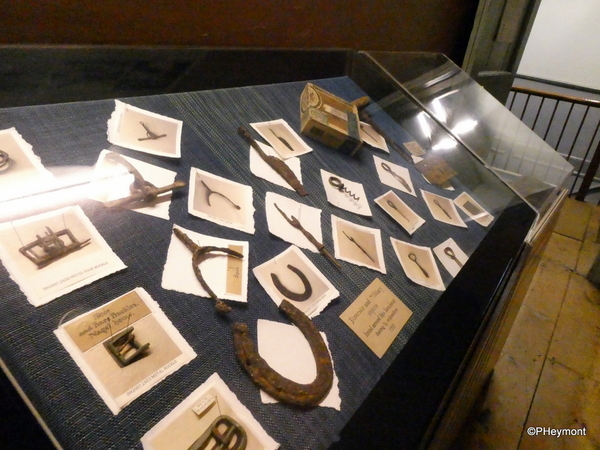 During the 1915 restoration, military and domestic artifacts were recovered from the yard and are displayed in different rooms.
During the 1915 restoration, military and domestic artifacts were recovered from the yard and are displayed in different rooms.
Its fortunes since have varied with budgets and the times, and it has often gone through periods of neglect and then renovation. The new restoration project, announced just over a year ago, hopes to change that by making it easier for the museum to connect with neighborhood audiences and others.
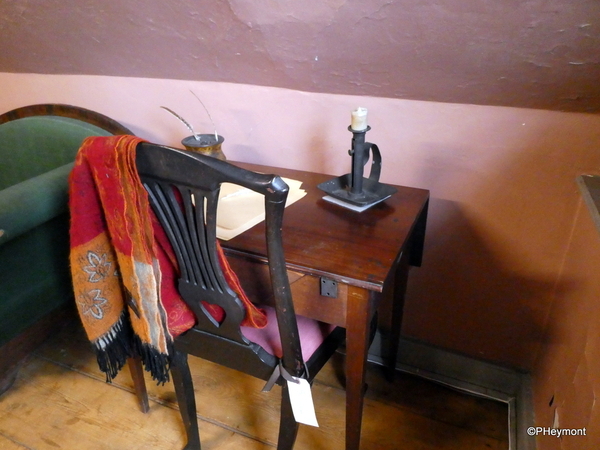
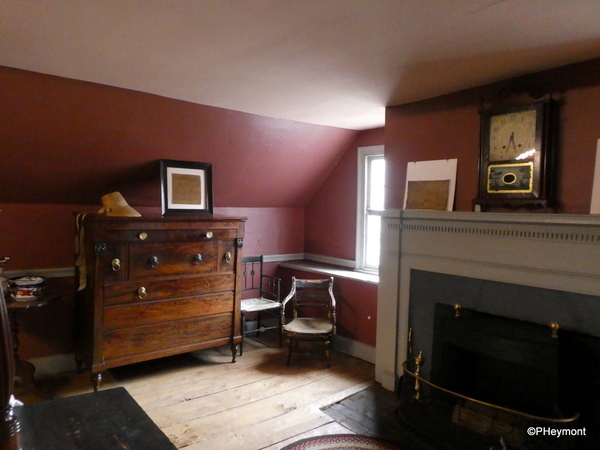
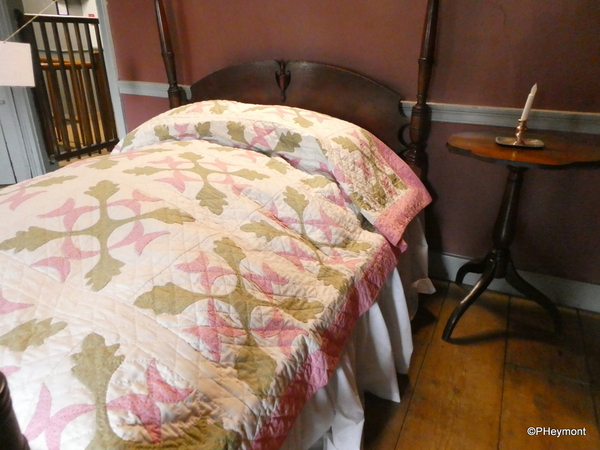
 The upstairs rooms, nicely furnished, but with the Dutch gambrel roof cramping the overhead spaces!
The upstairs rooms, nicely furnished, but with the Dutch gambrel roof cramping the overhead spaces!
A major factor will be rebuilding the 1835 wing, which was removed in 1920, mainly because it was newer than the rest. The rebuilt wing will have program space and will connect with a ramp for ADA access to the house, which now can be reached only by a steep stone staircase.
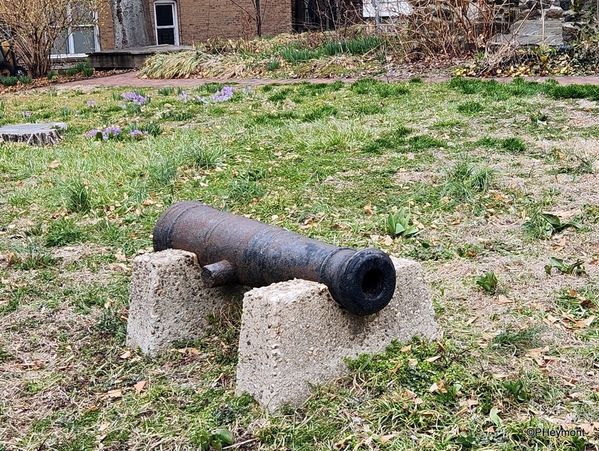
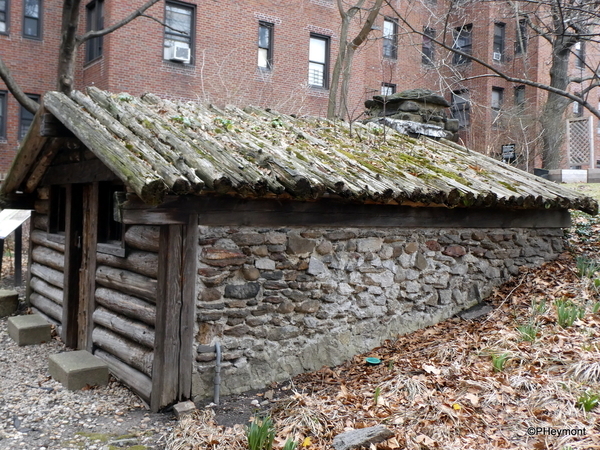
The Farmhouse and its little park—a half-acre remnant of the original farm—are also host to another piece of history. In 1776, When Washington and his army were forced to retreat from their last Manhattan foothold nearby, the Dyckman farm was occupied by Hessian soldiers, German troops hired by the British. They spent the rest of the war there in huts like the one above, six to ten men in each. This one was excavated nearby, and rebuilt next to the house.
Back in the house, the kitchen, with its open fireplace for cooking, and various cabinets for kitchen equipment
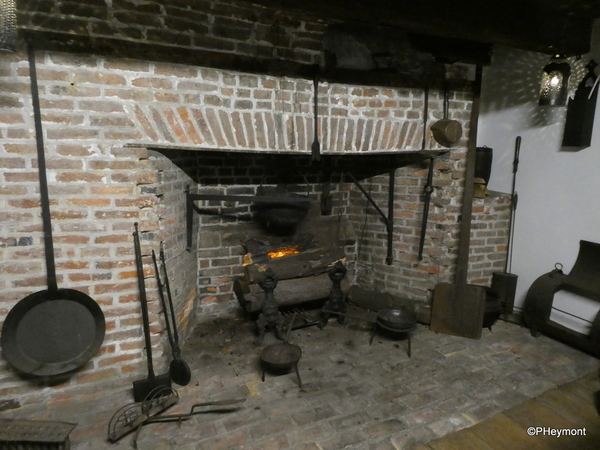
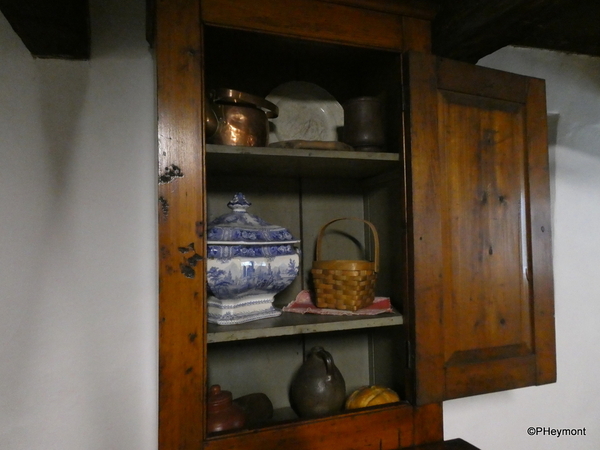
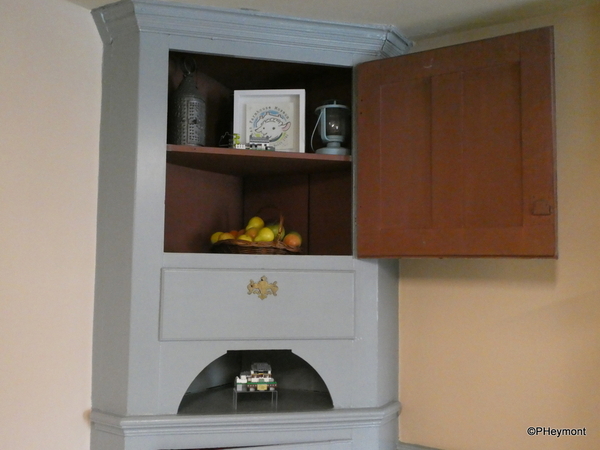
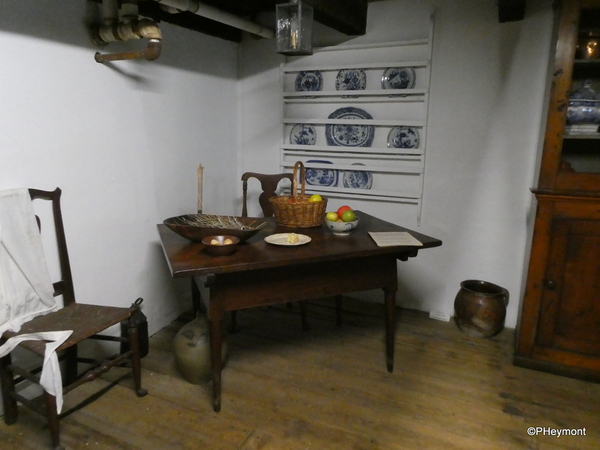
This next device is the toaster, followed by a tole lantern, punched out of tin to make candle light more effective.
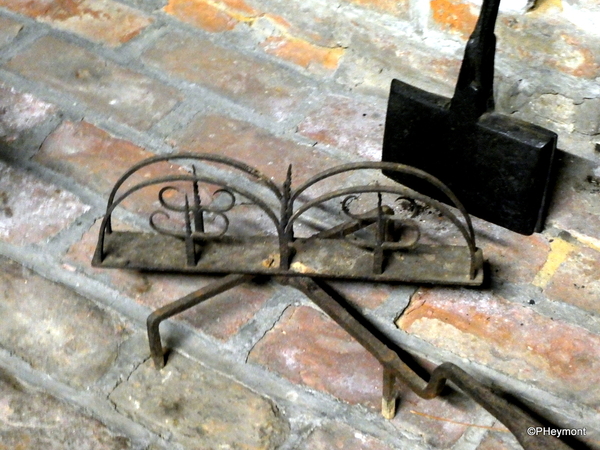
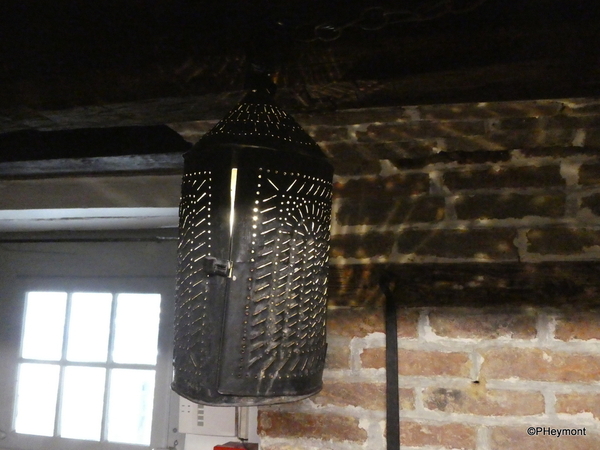
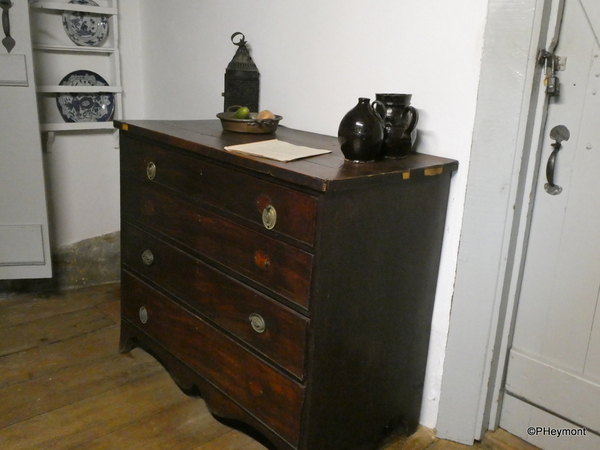
When the museum first opened in 1916, it viewed itself as showing Dutch and Colonial heritage. It still starts from there, but it has revised exhibits and narrative to fill in important pieces of the story: the land was taken from the Lenape people, and much of the work was done by enslaved Africans.

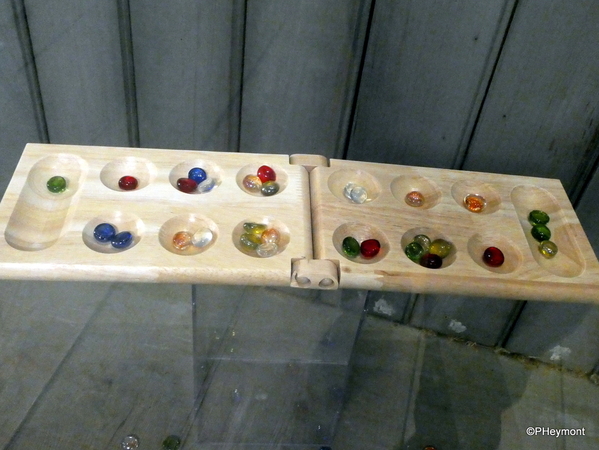
An exhibit on children's games, for instance, points out the non-European origins of some of the games of the period, and also points out how games and play were used to 'socialize' people into their roles. The trauma of slavery is reflected in 'hide the switch' and others; the 'proper' role of girls was built into the Game of Graces.
The exhibit also discusses the importance of Pinkster, originally a Dutch holiday, but one that gave enslaved people a break for holiday, dancing, visiting and for selling or trading their own produce. By the early 1800s, though, it was banned as slaveowners were afraid of the spread of rebellion or resistance through the gatherings. In recent years, local groups and the museum have staged recreations of Pinkster on the grounds.
And, at the end, no museum, however small, goes without a gift shop, however small...
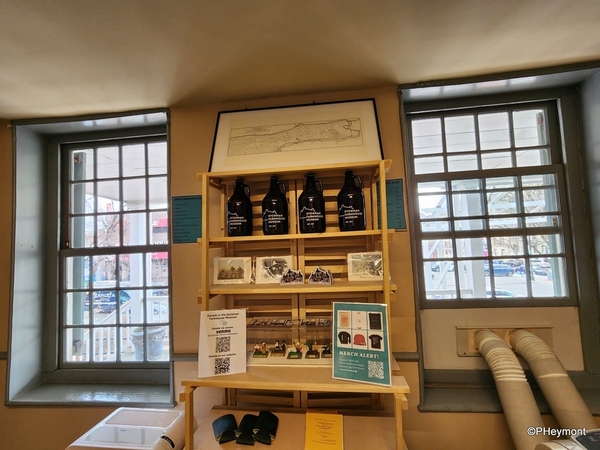
And congratulations to George G, who identified this week's mystery site...

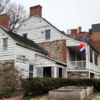


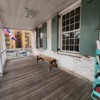
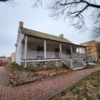

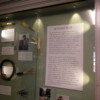






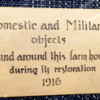




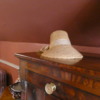
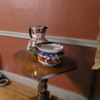











Comments (0)